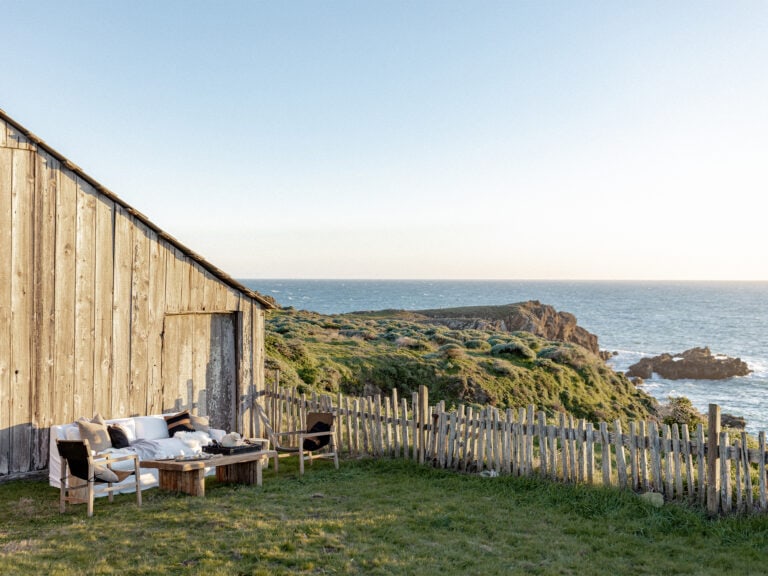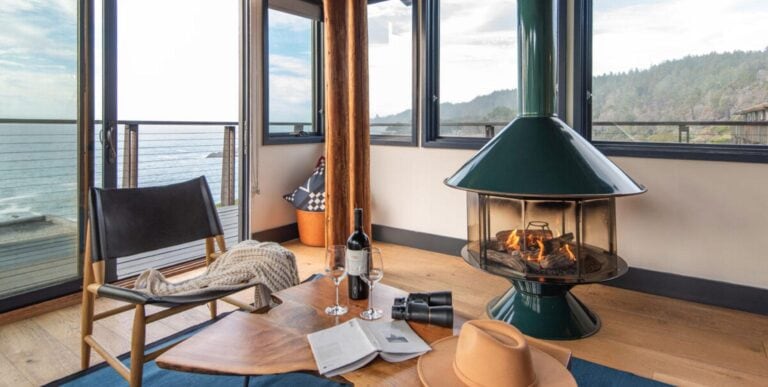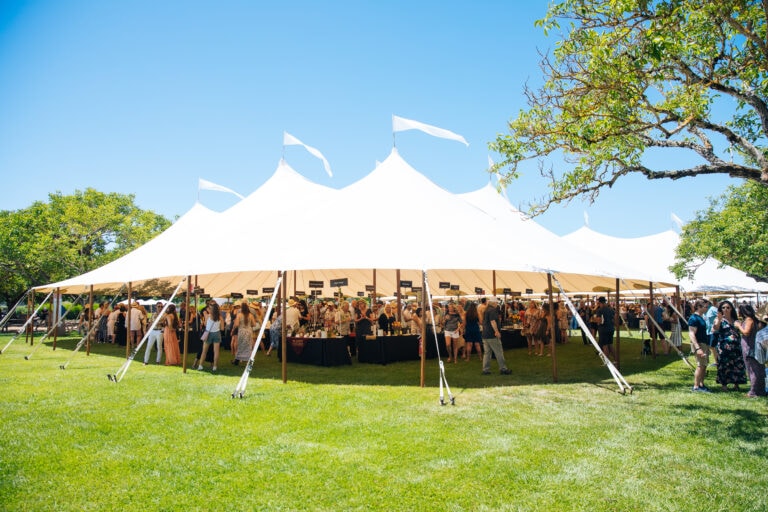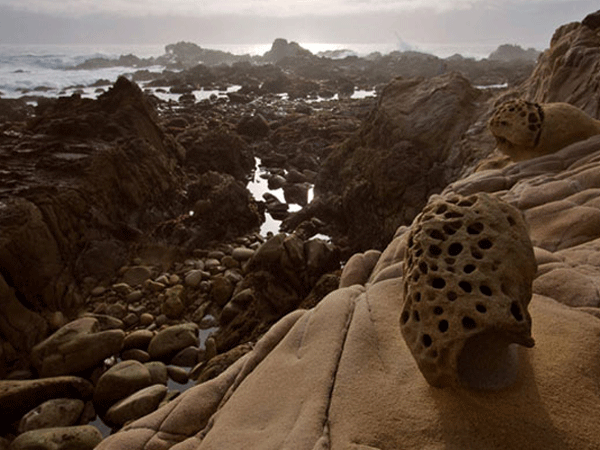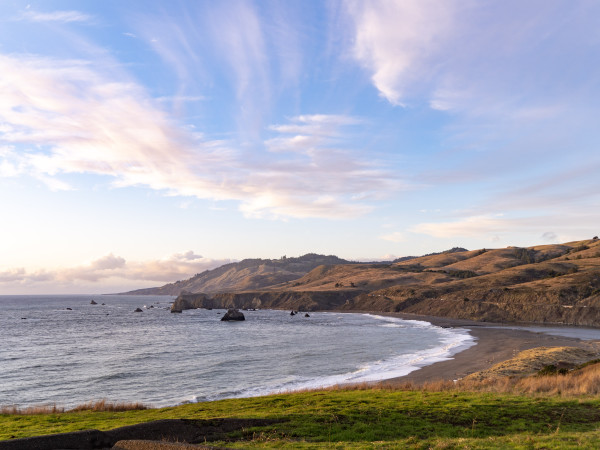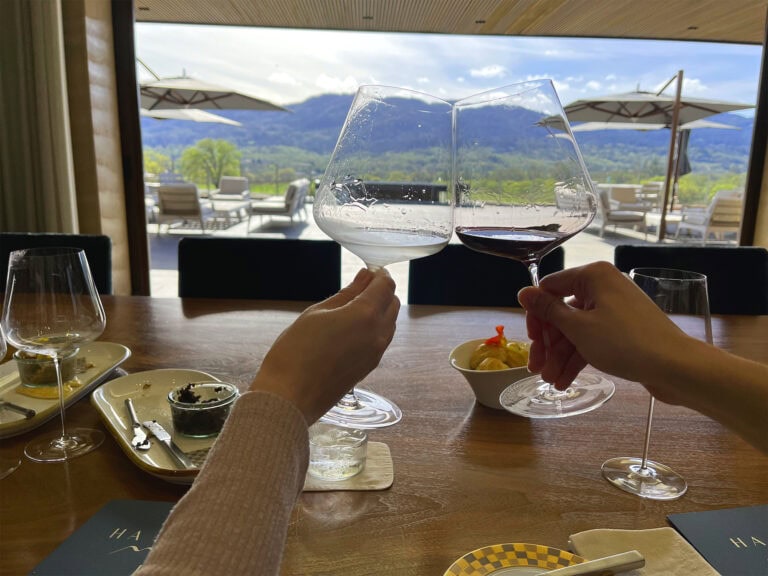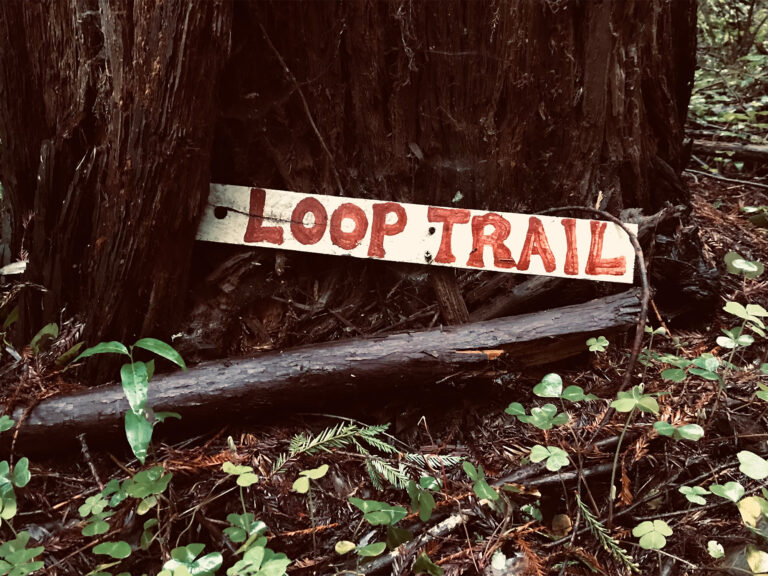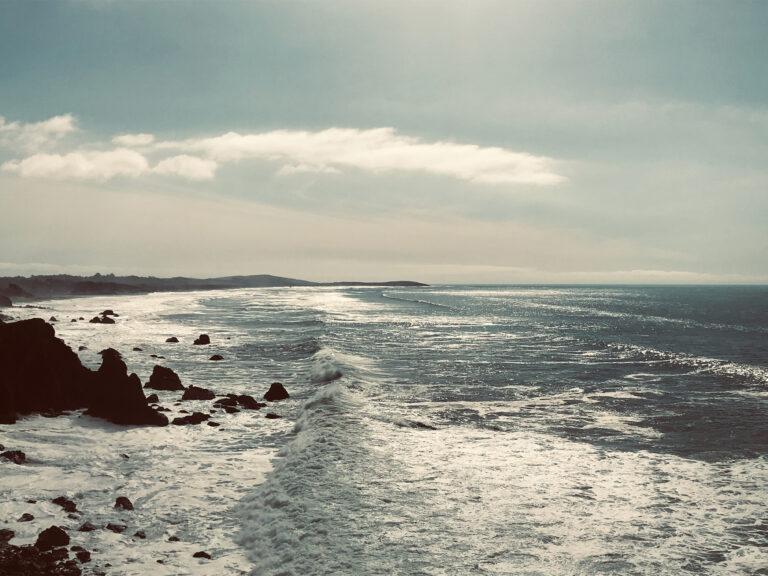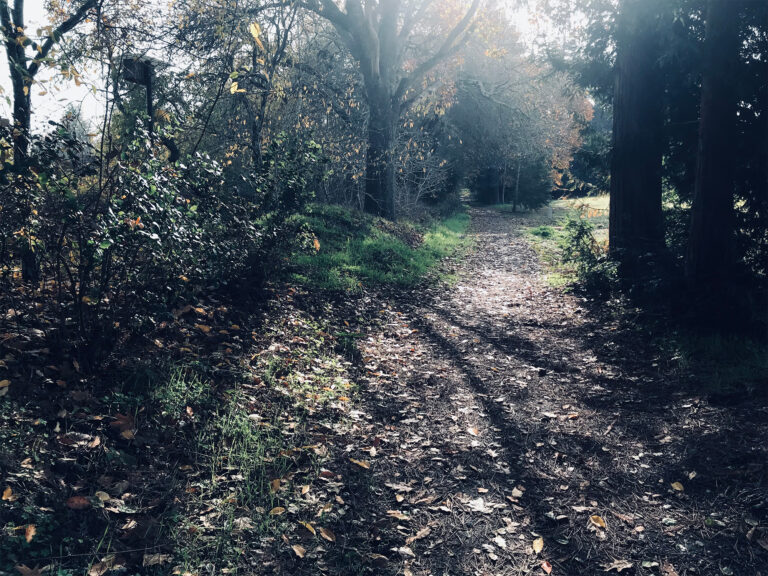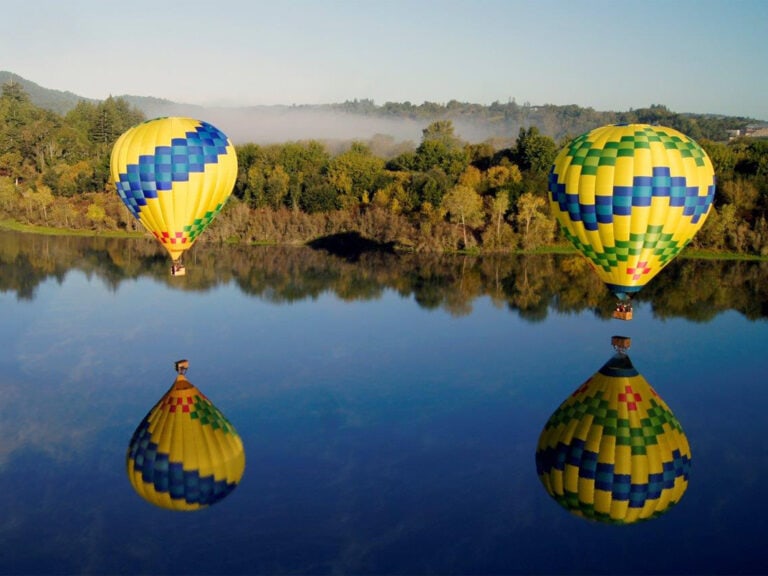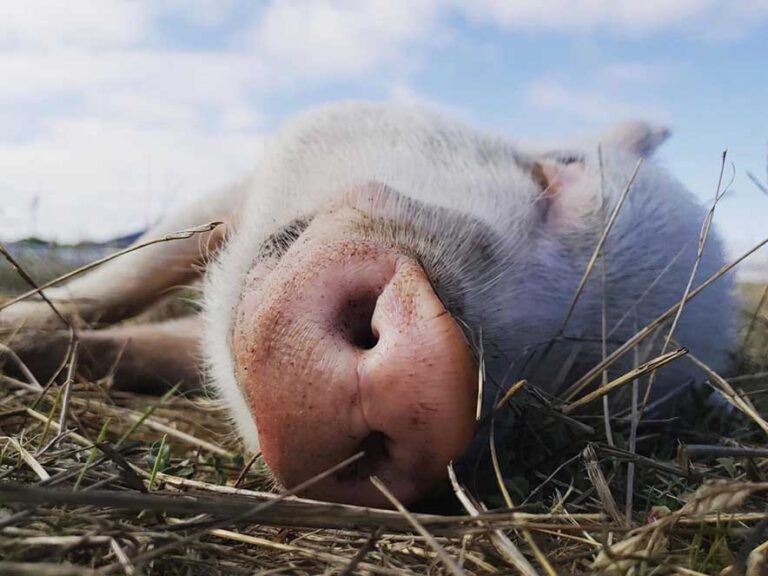Tips for Hiking Responsibly in Sonoma County
Sonoma County has dozens of picturesque hiking trails, and encouraging responsible recreation is key to protecting these outdoor spaces – and maintaining a positive visitor experience. Sonoma County’s Leave No Trace Seven Principles offer excellent guidelines for respecting nature, and we’ve expanded on several of these key points specifically for Sonoma County’s trails.
1. Stay on Established Trails
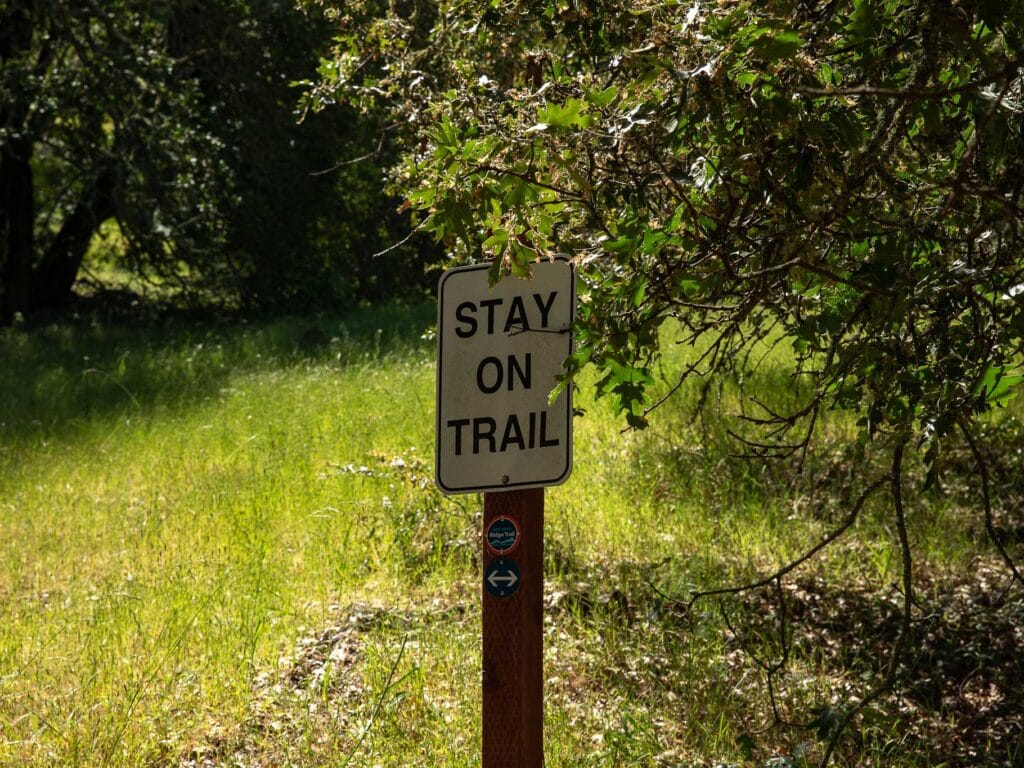
Trails are created to provide the public access to natural areas, but when hikers start wandering off established routes, it can destroy habitat and create a confusing network of side trails. These user-generated trails are known as “social trails,” and they can appear both as shortcuts (e.g., to cut switchbacks) or as offshoots from the main trail (e.g., leading to areas that are either protected or dangerous for hikers).
Spring brings spectacular wildflowers to Sonoma County, and staying on designated trails is key to preserving these beautiful blooms. Traveling off the trail can crush the delicate flowers, thus preventing them from going to seed the following season (and beyond). When exploring coastal regions, like Sonoma Coast State Park and Salt Point State Park, staying on trails helps prevent erosion, which both damages the landscape and creates potential hazards for fellow hikers.
2. Keep Wildlife Wild
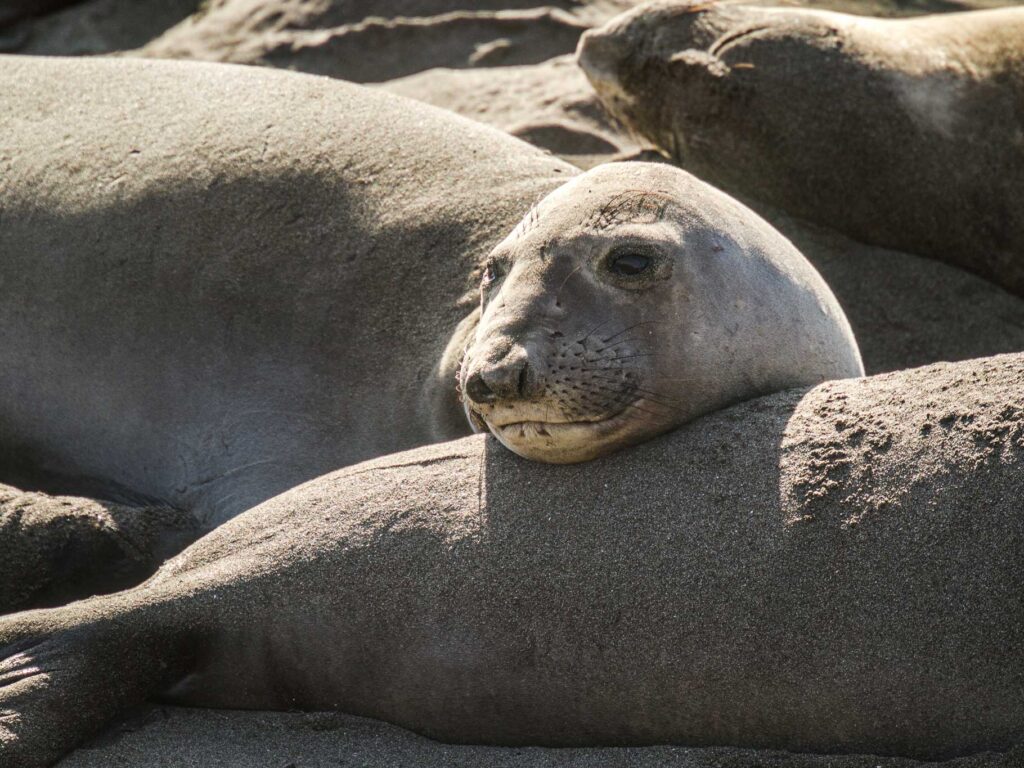
Spotting wildlife is always exciting, and by following a few simple rules, it can be a safe and stress-free experience for humans and animals alike. Always keep a safe distance and never approach wildlife (either on foot or with a drone), as it can cause them to panic and/or act aggressively. If an animal is altering its natural behavior (i.e., running away, charging, or providing other indications that it is distressed by your presence), that is a telltale sign to give them space. While leashed dogs are welcome on many of Sonoma County’s trails and public lands, there are a handful of areas where dogs are not allowed. For example, to protect local wildlife, dogs are prohibited at Goat Rock Beach, which is a protected area for harbor seals, as well as North Salmon Creek, due to the federal protection of snowy plovers.
Also, you should never feed wild animals, as it can disrupt their digestive systems and lead to habituation to human food, which can cause animals to behave aggressively, stop pursuing natural food sources, and ultimately lead to serious consequences. Unintentionally exposing wild animals, like black bears, to human food, can result in the animals being removed, and in some cases, euthanized. If you are hiking or camping in bear country, remember to store your food properly and pack out all trash, including food scraps.
3. Pack Out All Trash
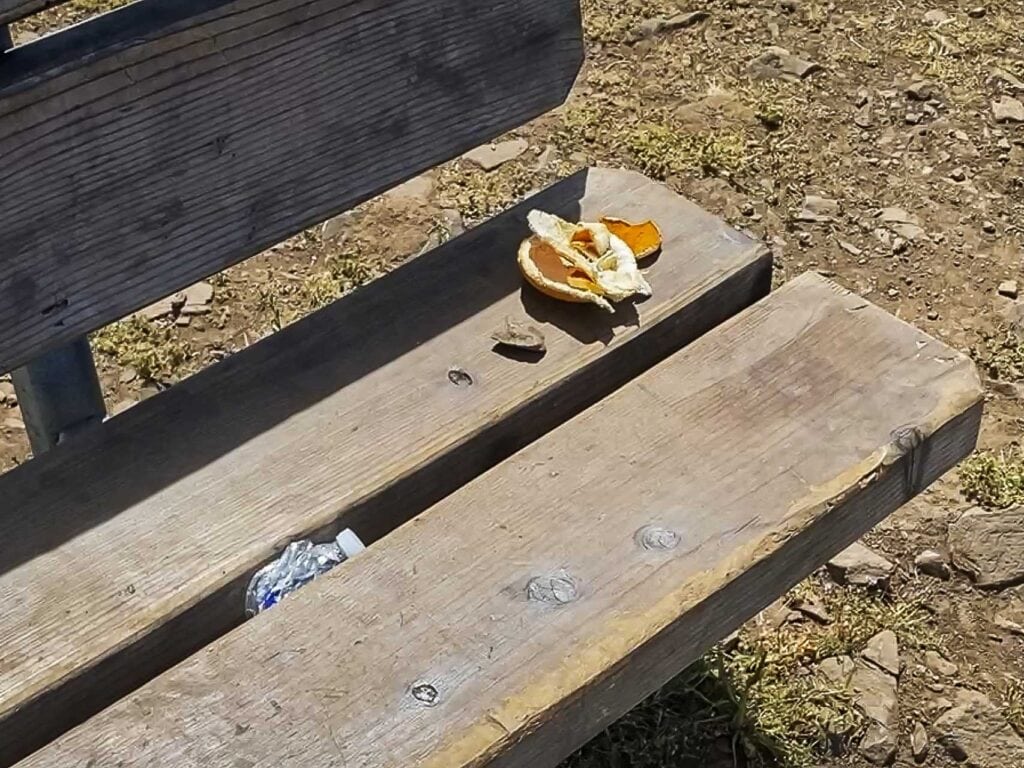
Many trailheads have trash and recycling bins, but what about disposing of organic matter, like orange peels and apple cores? While food waste is technically biodegradable, tossing it in the woods doesn’t mean it will magically dissolve in the dirt in a few days. If it’s not in a compost bin, organic waste may not break down quickly, and in some environments, orange peels can (gasp!) take up to two years to decompose. So, whatever you pack in, pack out, including food scraps — and toilet paper. Pro tip: Bring a small trash bag for your TP and other garbage, and consider picking up a few pieces of litter on the trail to leave it better than you found it.
4. Be Respectful of Other Visitors
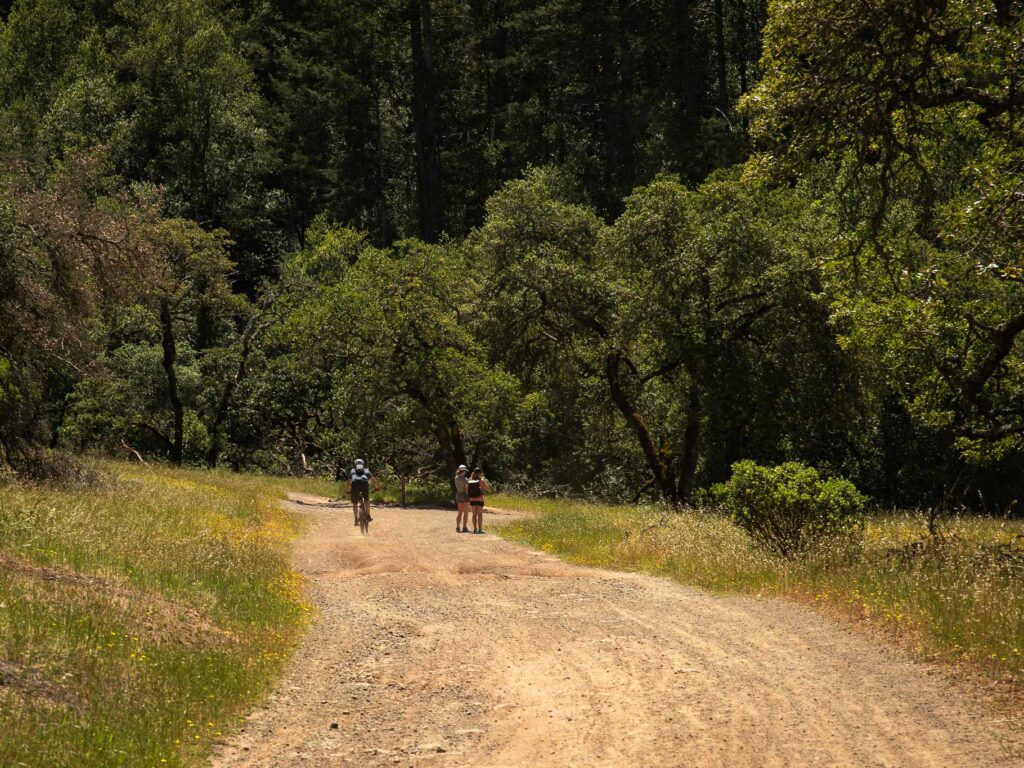
Much like staying in your lane on the road and observing stop signs, there are rules for traffic on the trail. Hikers coming uphill have the right of way, and in multi-use areas, bikers yield to hikers, and both hikers and bikers yield to equestrians and pack stock. If you wish to pass someone, give them a friendly heads-up by announcing your presence and direction (e.g., “I’m coming up on your left.”). If you are moving at the same pace as someone and you were both intending to hike solo, consider taking a break to give them some space, as not to “trailgate.”
Leaving your portable speakers at home is another way to be considerate of those around you. While you may wish to listen to music to get amped about your hike, the majority of your fellow hikers may not. Most people hit the trail because they are seeking solitude and relaxing sounds of nature, and it may also disturb wildlife.
5. Plan Ahead
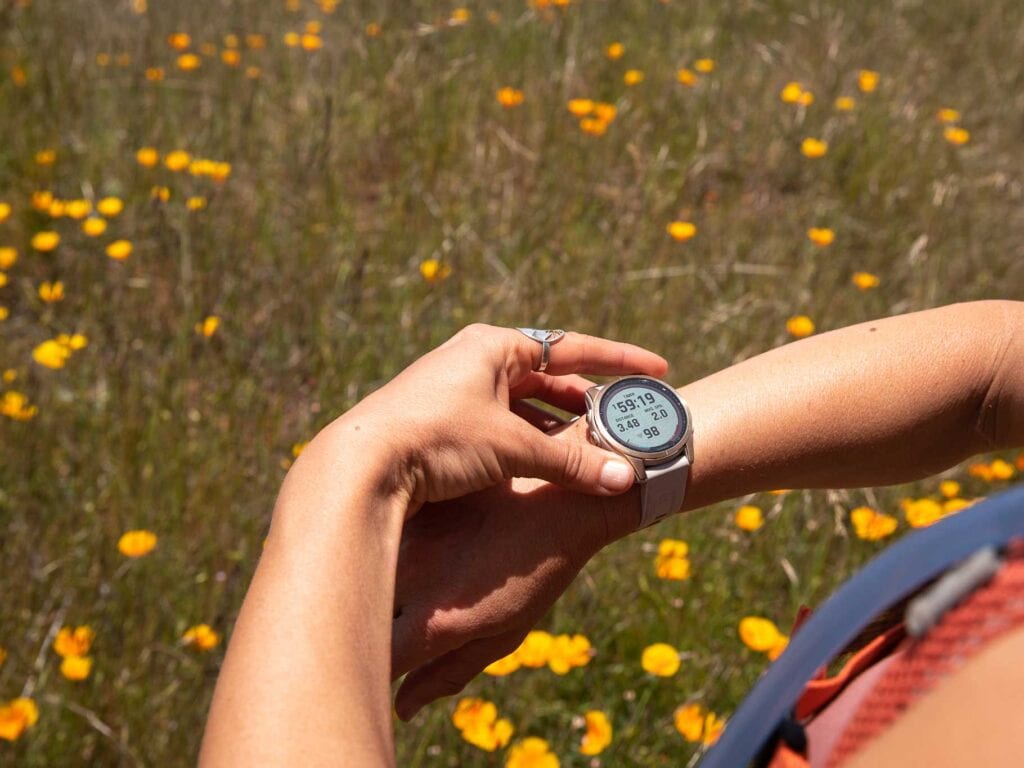
Before you embark on any sort of adventure, it is wise to let someone know where you’re going and when you’re expected to return. Aside from packing the basics (sunscreen, plenty of water, snacks and layers), consider investing in a satellite communication device. Many of these devices can sync to apps on your phone, and not only do they assist with navigation and tracking your vitals, but they have emergency assistance capabilities. Remember, the better prepared you are, the easier it is for search and rescue to assist you should you find yourself in a precarious situation.
Downloading offline navigation on your phone is a great resource (bonus points if you have a paper map), but taking the time to study a route before you go can help ensure stress-free adventures. Trail reports offer the latest updates on conditions, and local park websites have information on closures and alternate routes. If the trailhead or recreation site you plan on visiting is unexpectedly closed or full, having a backup plan makes reworking your activities a breeze.
6. Invest in Eco-Conscious Gear and Shop Locally

Investing in reusable bottles and snack containers is an easy, everyday way to reduce your impact on the environment, and when it comes to food, shop locally as often as possible. In addition to a plethora of farm-to-table restaurants, Sonoma County has more than a dozen farmers markets and farm stands, like the Santa Rosa Original Certified Farmers Market, which is open on Wednesdays and Saturdays. Additionally, when shopping for outdoor apparel, think about buying second-hand rather than new. A number of major retailers offer lightly-used clothing and gear for sale online, and some of Sonoma County’s thrift stores are an excellent resource as well. Conscious shopping not only helps support local businesses, but it is one of the many ways we can give back to the planet.
Written by Sonoma Insider Elisabeth Brentano; all photos courtesy of Elisabeth Brentano.
See What’s Happening
Share your experience using #SonomaCounty or #LifeOpensUp
